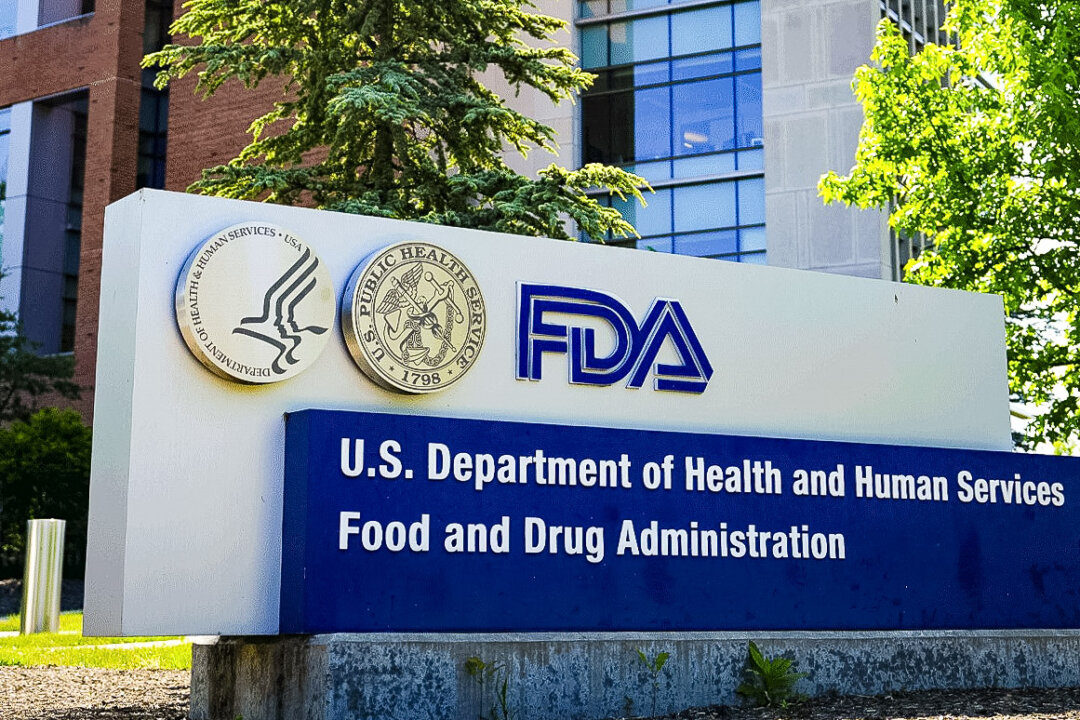To combat the ongoing opioid crisis in the United States, the U.S. Food and Drug Administration (FDA) has approved Zurnai, the first nalmefene hydrochloride auto-injector for emergency treatment of known or suspected synthetic opioid overdoses in adults and pediatric patients aged 12 years and older.
The approval brings the addition of another tool in the FDA’s toolbox and plan to broaden access to overdose reversal agents, including naloxone and nalmefene. The approval of Zurnai, a single-dose, pre-filled auto-injector available only by prescription, follows the FDA’s May 2023 approval of the first nasal spray formulation of nalmefene. The agency said at the time that the statistics highlighted a severe public health crisis that began in 2017 and continues today.

The agency added that while it initially focused on prescription opioids, it now primarily revolves around illicit opioids like fentanyl. Nalmefene, the drug approved in the new injectable form this week, is an opioid receptor antagonist used to treat acute opioid overdoses, according to the agency. It works by reversing the effects of opioid overdose, including respiratory depression, sedation, and low blood pressure, if administered quickly.
The approved product delivers 1.5 milligrams of nalmefene subcutaneously or intramuscularly. This means it can be injected under the skin or into the muscle, allowing for rapid intervention during an overdose emergency.
Previously, nalmefene was available as a nasal spray, and the auto-injector represents a new way to deliver the medication. Purdue noted that nalmefene is the longest-acting opioid antagonist approved for opioid overdose reversal and the auto-injector was designed to be easy to use. That article highlighted the increase in overdose deaths among U.
S. teens. Researchers also found that drug overdoses have become the third-leading cause of pediatric deaths in the United States, following firearm-related injuries and motor vehicle crashes.
The report notes that between August 2019 and March 2020, overdose deaths among adolescents aged 14 to 18 more than doubled, and by 2022, the mortality rate had risen to 5.2 deaths per 100,000 adolescents. One of the primary drivers of the increase is the widespread availability of counterfeit pills containing illicit fentanyl.
Fentanyl is involved in at least 75 percent of adolescent overdose deaths, often due to its presence in counterfeit pills that resemble legitimate medications like oxycodone and benzodiazepines. The authors emphasized that many adolescents may be unaware of the proliferation of these counterfeit pills, leading to unintentional overdoses. “Since many adolescents may use fentanyl unknowingly, widespread implementation of up-to-date overdose-prevention education is essential,” the researchers said in the article.
“Most overdose deaths in adolescents (84%) are categorized as unintentional deaths.”.



















